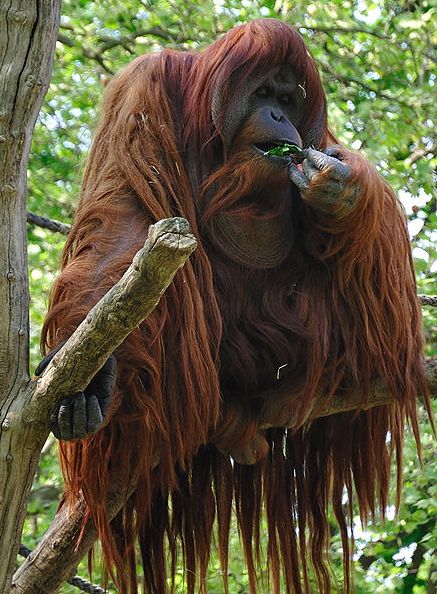Production of biofuel from palm oil has been an unmitigated disaster for the rainforest, leading to clear-cutting throughout Indonesia and propelling that country to the top ranks of the world's largest greenhouse gas emitters. That's why it's so strange that biologist Willie Smits, last seen cooking up a plan to save orangutans, thinks that biofuels could actually save the rainforest.
Smits’ plan is simple: instead of oil palms, locals will plant the Arenga sugar palm, which can only grow in a mixed, intact rainforest. He’s calculated that Arenga palms planted in otherwise undisturbed rainforest can produce 7.7 tons of ethanol per acre annually (or 19 tons per hectare), which is four times as much as can be produced from Brazil's sugar cane, and nearly six times as much as you can wring out of an acre of Iowa corn.
To produce at this rate, the hardy palms, which are drought- and fire-resistant and require no fertilizer, must be "bled" twice a day. It's like tapping a maple tree for sap, only it happens year-round. This process cannot be mechanized, so it's a good source of employment for local villagers.
Could it really be possible that Indonesia could preserve its rainforest while still becoming the world's largest exporter of biofuels? Smits intends to find out — he has a $100,000 grant from National Geographic to create a prototype system, which he hopes will eventually spread to the 3,000 small islands east of Sulawesi.




